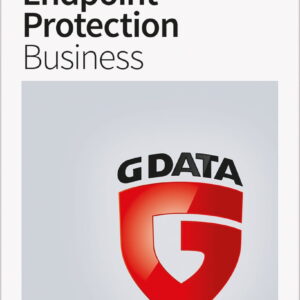In the realm of Red Hat Enterprise Linux, the newest 9.4 version brings forth the latest in user authentication – a revolutionary passkey system that allows centrally managed users to undergo passwordless authentication using FIDO2 technology. This enterprise-grade Linux distribution takes security to a whole new level by integrating Fast Identity Online 2 (FIDO2) authentication, Multi-Factor Authentication (MFA), and Single Sign-On (SSO) into its existing Identity Management solution.
The Significance of Passkey Authentication
A passkey, a FIDO2 compliant device utilized for user authentication, leverages public-key cryptography for secure access. By sidestepping traditional passwords and one-time passwords, the passkey offers a more foolproof and user-friendly authentication method. Typically available as compact hardware tokens like USB or NFC devices, various brands offer FIDO2 keys, including NitroKey and SoloKey v2, with Yubico collaborating to ensure seamless integration with RHEL.
Embracing new tools like FIDO2 and External Identity Providers is gaining traction as they enhance the security posture of authentication processes.
The Drawbacks of Password-Based Authentication
Password-based authentication brings inherent security risks such as vulnerability to brute force attacks, password recycling, and phishing exploits. From a usability standpoint, passwords are burdensome to manage and subject to human error. Users often resort to reusing passwords across multiple accounts or cycling through a limited set of passwords, diminishing security. While companies enforce password policies and rotation cycles, the onus ultimately falls on users to safeguard their credentials.
Despite the availability of password managers, many users find them complex, resorting to insecure practices like writing down passwords or making slight modifications to existing ones. Data breaches resulting in mass password exposure underscore the weaknesses of traditional authentication methods, prompting periodic resets that merely address symptoms rather than root causes.
Understanding User Authentication Concepts
In the realm of modern authentication, several key terms come into play:
- Two-factor authentication (2FA): Requires two distinct identifiers for authentication, typically a password and a code or biometric marker.
- Multi-Factor Authentication (MFA): Demands two or more authentication factors for access.
- One-time password (OTP): A single-use password for validating an authentication attempt, often utilized in conjunction with 2FA/MFA.
- Single Sign-On (SSO): Streamlines access across multiple services with a single set of credentials.
- Passwordless: Offers entry to systems without password input, utilizing alternative authentication methods like fingerprints or hardware tokens.
Passkey Authentication and Identity Management on RHEL
Passkey combines passwordless and MFA functionalities by employing a Personal Identification Number (PIN) for token unlocking and public key cryptography for authentication. Additional authentication factors like fingerprints, along with the issuance of a Kerberos ticket upon authentication, further enhance security and facilitate Single Sign-On capabilities.
By eliminating the reliance on passwords, this approach not only fortifies security but also diminishes data breach risks by generating unique public key pairs for each service and storing sensitive keys within the token.
The Relevance of Passwordless Authentication
Passwordless authentication aligns with stringent data protection regulations like GDPR and PSD2, bolstering organizational security postures and compliance efforts. The U.S. Government’s recent mandate emphasizes the adoption of passwordless authentication, MFA standards, and SSO to elevate security protocols.
By integrating biometrics, cryptographic keys, and device-based authentication, passwordless methods offer robust security measures surpassing traditional password-centric approaches. The passkey feature aims to enhance security while ensuring a seamless user experience through established standards supporting passwordless, MFA, and SSO functionalities.
With passkey integration, users require a hardware token and a secondary factor like a PIN or fingerprint, obviating the need for passwords while heightening security levels. The accompanying issuance of a Kerberos ticket facilitates SSO, mitigating risks of breaches, phishing, and other security threats significantly.
Embracing the Future with RHEL Identity Management 9.4
The passkey feature in Red Hat Enterprise Linux 9.4 offers a comprehensive framework encompassing passwordless authentication, MFA, and SSO capabilities. The simplicity of use makes adoption effortless, with no impediments to leveraging advanced security measures.
For a firsthand look at the ease and efficacy of the passkey system, check out this quick demonstration:
Red Hat’s team stands poised to guide organizations through this transformative security journey, ensuring a seamless transition to elevated security standards.
Source: https://www.redhat.com/en/blog/passkey-with-rhel











